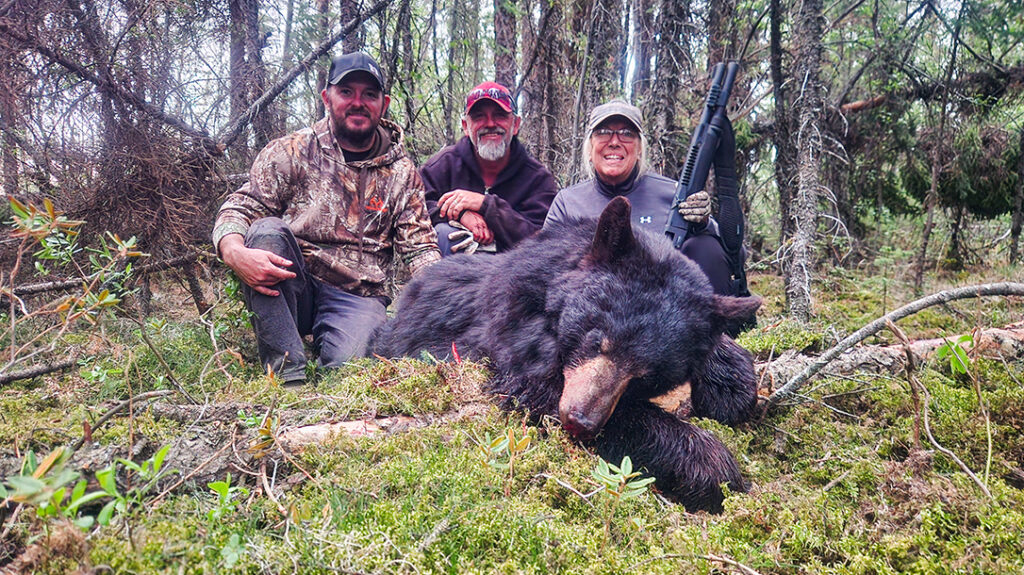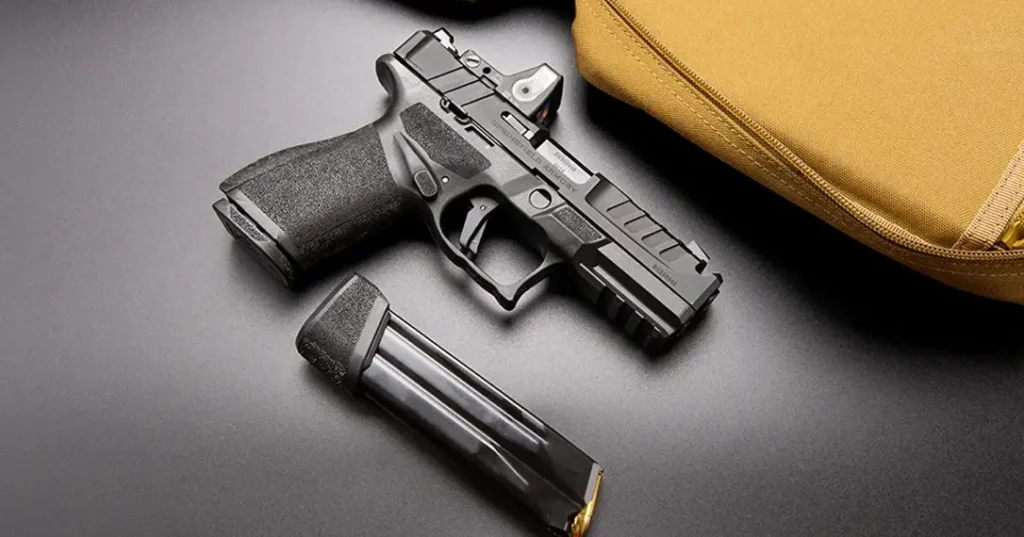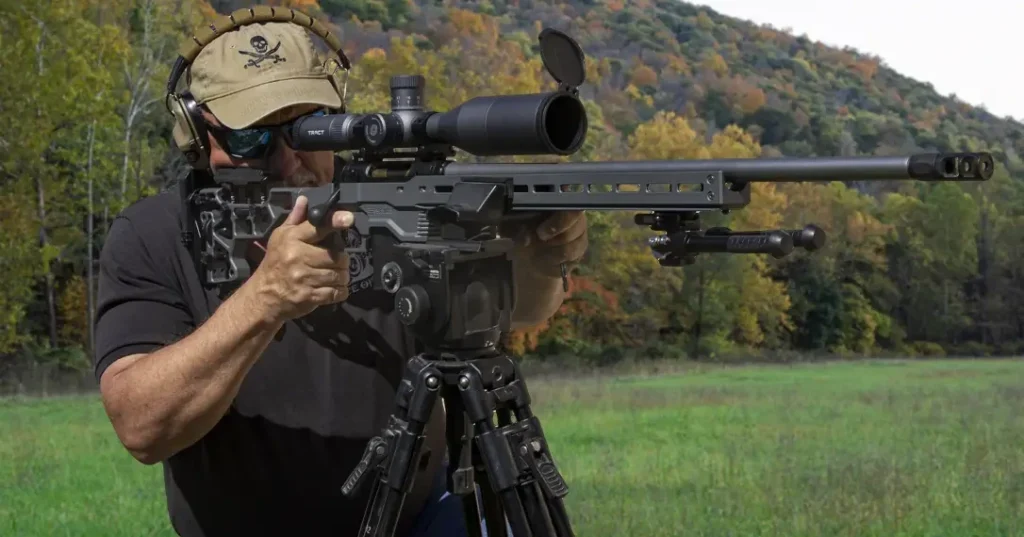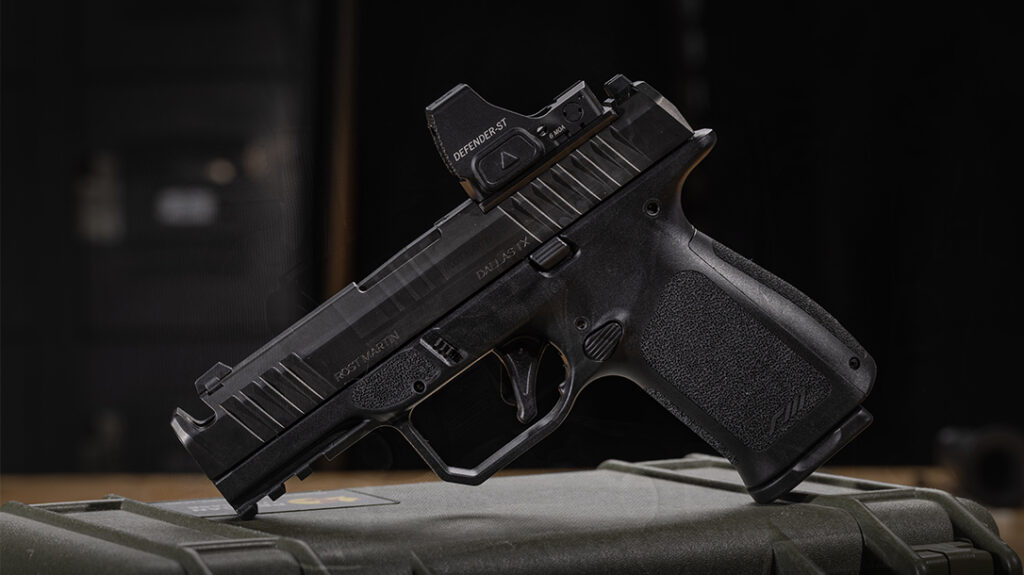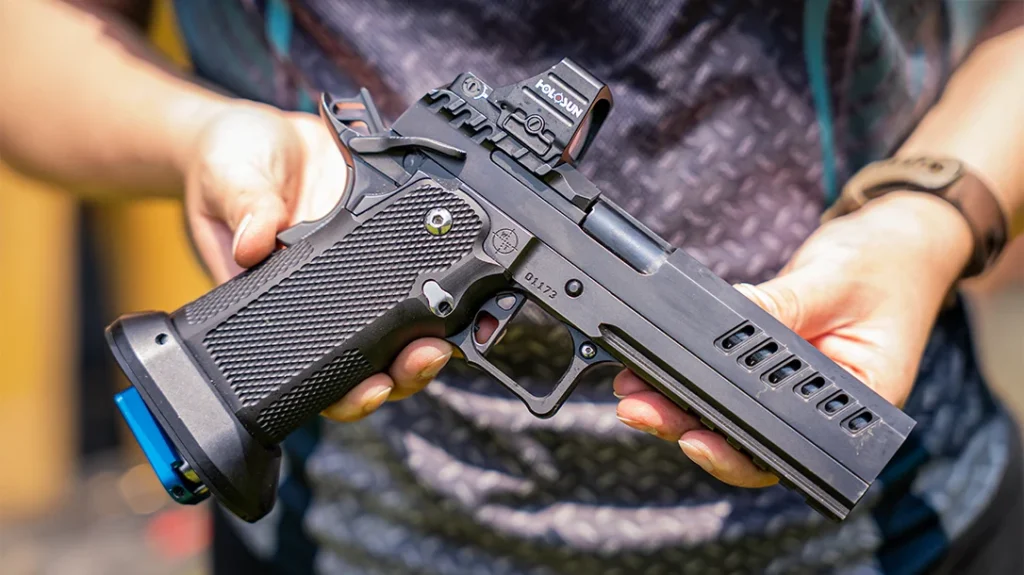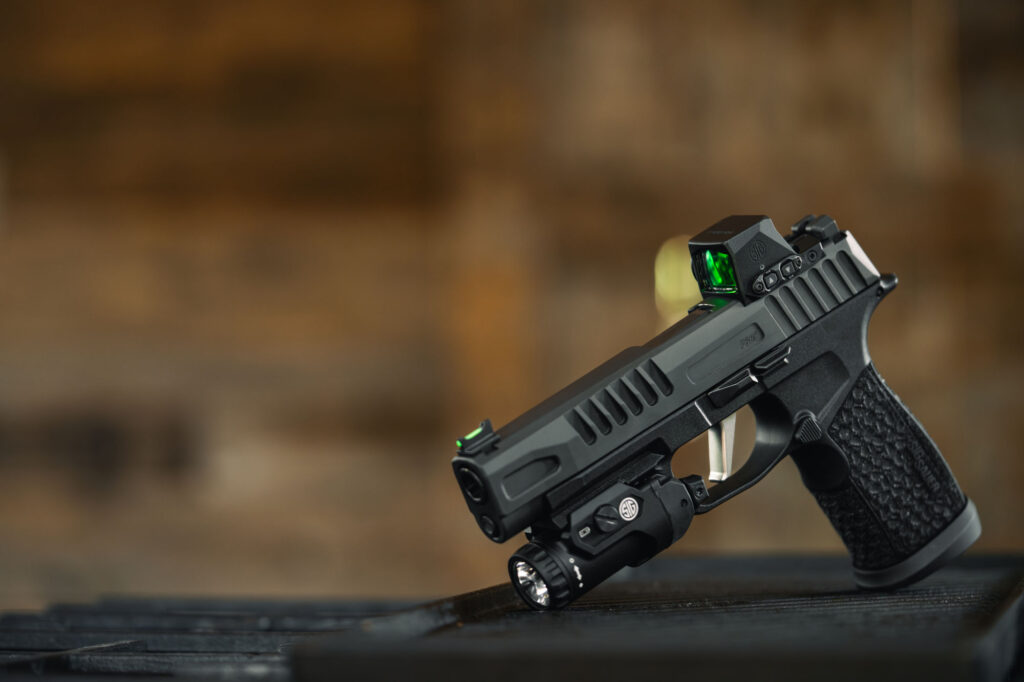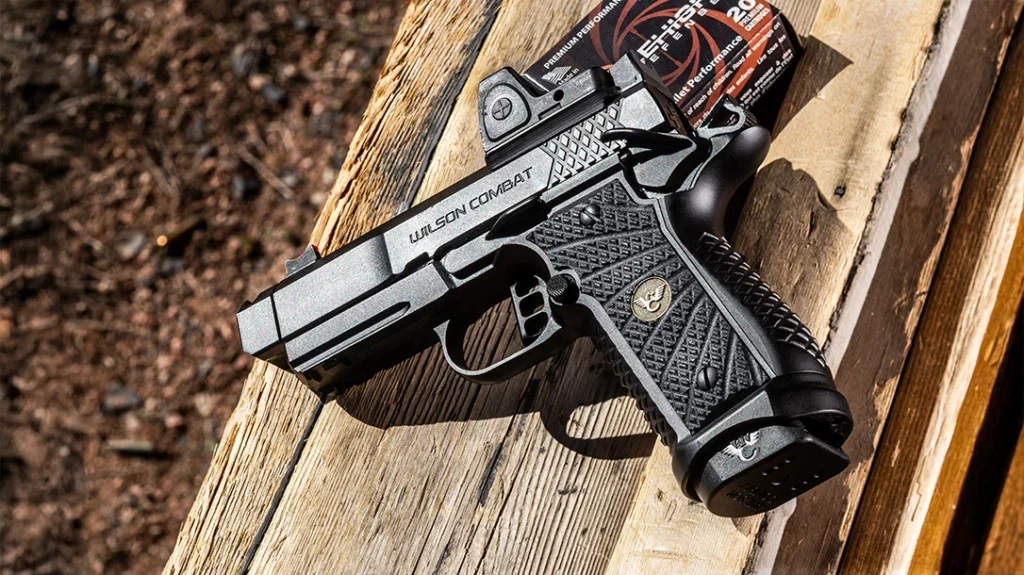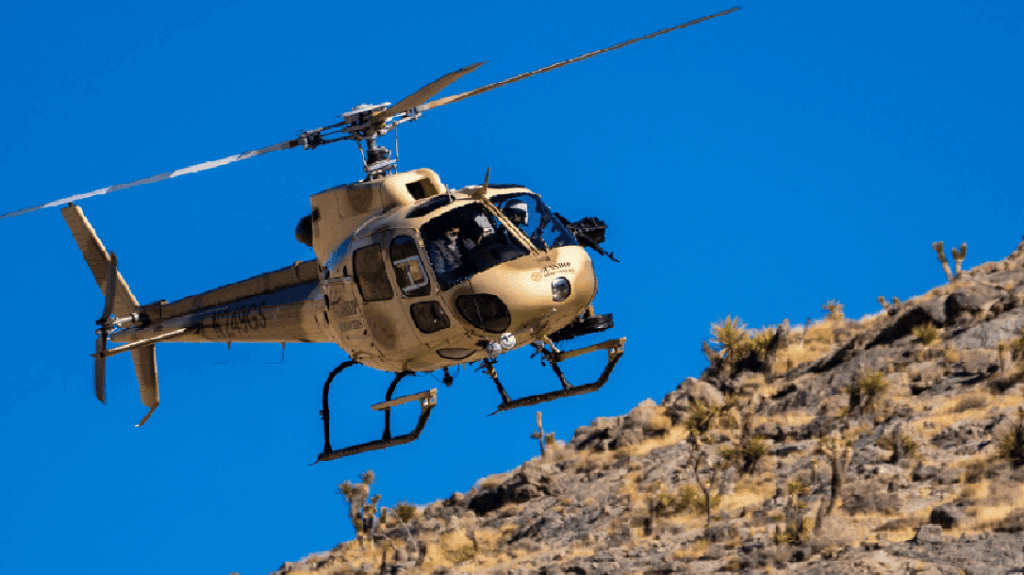While I was a far cry from Ralphie of The Christmas Story, as a kid I wanted hunting air guns in the worst kind of way to hunt birds, squirrels and rabbits, just like my Dad. My first air gun left much to be desired. It was bought used and the BB rolled out of the end of the muzzle. Dad tore it apart and stretched the piston spring which had taken a set.
I soon graduated to .22s and shotguns and didn’t look back until a decade ago.
I decided I could shoot squirrels and never bother the neighbors with the noise of a shotgun or even a .22. Choosing a RWS .22 caliber which has accounted for many squirrels from the little woodlot behind my house.
Advertisement — Continue Reading Below
Hunting Air Guns Guide
Growing up everyone I knew had a pump-up pellet rifle. The forearm usually pivoted or slid to allow the shooter to pump up the rifle. The variable came from the user pumping up the rifle. The air power is generated from the shooter. I regularly would pump one of these rifles with 10 pumps and walk through the neighbor’s little woodlot looking for chipmunks or birds.
The Crosman 760B is a .177 caliber and is a great starter rifle.

Advertisement — Continue Reading Below
Break Barrel
These are one of the most popular types of air rifles like my RWS. There are two types of break open guns spring piston and gas piston. When the barrel hinges or “breaks” which compresses the spring for the spring piston model. In the case of a gas piston model, a gas filled piston is compressed. The gun is also loaded when the barrel is broke open.

Once the trigger is pulled, the spring expands. The piston is driven forward, compressing air. On the gas piston models, the piston is released to compress the air required to launch the projectile.
Advertisement — Continue Reading Below
These rifles are both easy to use and affordable. No tanks or CO2 cartridges needed. Some models have a “magazine” which holds multiple pellets at the breech end of the barrel.
If you are looking for an air rifle that is easy to handle, reach for a gas piston. These rifles often are easy to cock and are less hold sensitive.
For spring piston type rifles, check out the Hatsan 95, available in .177, .22 and .25 caliber. It is quite sufficient for small game especially when outfitted with a decent scope.
Advertisement — Continue Reading Below

There are a lot of really good gas piston models, but one of my favorites is the Umarex Emerge in .22 caliber.

Advertisement — Continue Reading Below
Pre-Charged Pneumatic Hunting Air Guns
The star of the air rifle show is the Pre-Charged Pneumatic or PCP and believe me when I say “This ain’t your Daddy’s air gun.” The PCP has a reservoir for compressed air either built into the rifle or as an axillary tank. Carbon fiber scuba tanks are the tank of choice for serious air gunners.
These reservoirs hold upwards of 3000 psi of pressure and a few even more. This is enough pressure to propel large projectiles up to .510 caliber and weighs 620 grains. These produce 1100 ft/lbs of energy. To put this into context, a 240-grain .44 Magnum round projectile weighs produces 741 ft/lbs of energy.
For the biggest and baddest air gun, the AirForce Tex-Rex is a .510 caliber and is the most powerful American made production air rifle.
Advertisement — Continue Reading Below

The Umarex Gauntlet 2 SL offers the rifle in .22,.25 and .30 caliber and is a repeater.

If you are looking for a repeater you can hunt big game with take a look at the Benjamin Bulldog Magnum. It packs plenty of punch available in .257, .357 or .457.

Charging The Tanks
These PCP rifles need a method of charging the tank. A standard shop air compressor will not work as most top out at 150 psi and you will need 3000 psi. Therefore, a would-be air gunner will have an additional investment of equipment such as the Air Venturi RovAir 4500 Portable Compressor or a scuba tank which can be filled at a dive shop. Hand pumps can also be used but you need to be patient and buff to successfully fill the reservoir tank to the levels required to shoot the rifle at its peak performance.

No matter your quarry, an air rifle backed with today’s technology can make you successful in the field just be careful you don’t “shoot your eye out.”

